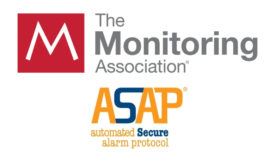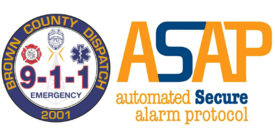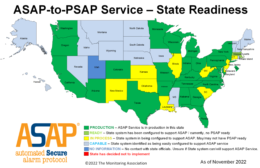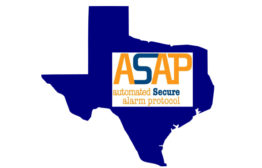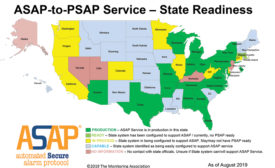Home » Keywords: » ASAP to PSAP
Items Tagged with 'ASAP to PSAP'
ARTICLES
ALARM COMMUNICATION
ASAP-to-PSAP: The New Gold Standard for Alarm Monitoring
The Monitoring Association’s ASAP-to-PSAP service could revolutionize the way your monitoring center operates.
January 13, 2020
MONITORING
Monitoring Services: The Cutting Edge
Central stations never stop innovating. Video verification, text messaging and apps are hot, but those are just a few of the new developments from this group of wholesale monitoring service companies.
December 3, 2019
Be in the forefront of security intelligence when you receive SDM.
Join over 10,000+ professionals when you subscribe today.
SIGN UP TODAY!Copyright ©2024. All Rights Reserved BNP Media.
Design, CMS, Hosting & Web Development :: ePublishing
